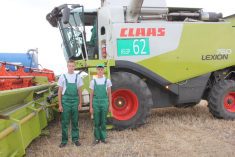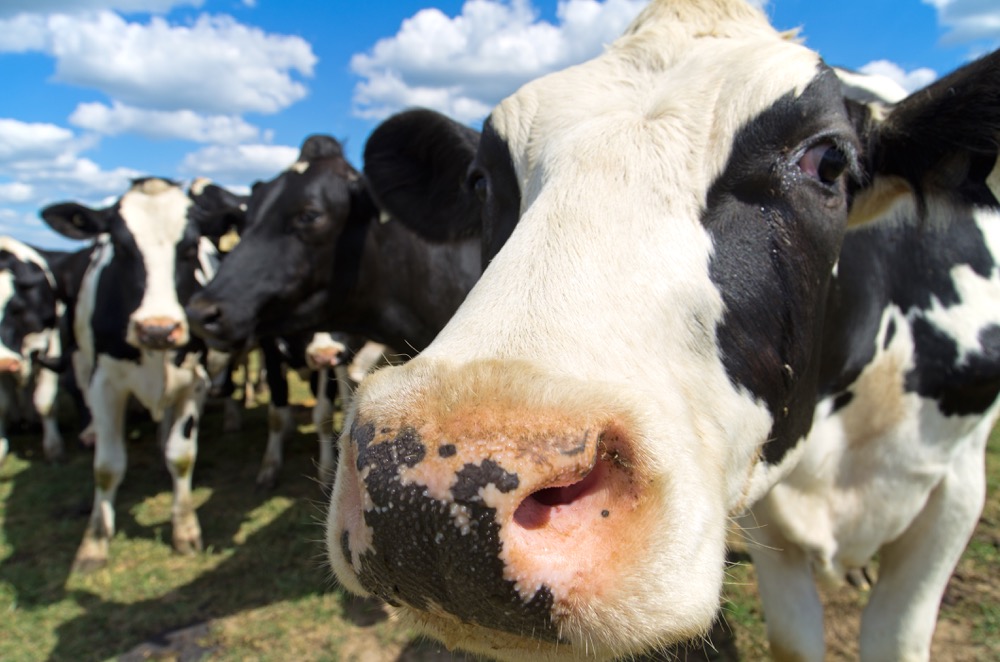Sept. 30, the National Day for Truth and Reconciliation, is a day for sombre reflection on a painful chapter in Canada’s history—that of residential schools and their lasting impact on Indigenous peoples.
While these reflections cannot change the past, they can inform how we build our shared future.
For rural Canada, some of the solutions are particularly close to home. Farms and small towns exist side by side with Indigenous reserve lands and communities.
Read Also

Electioneering overload
Grainews editor Dave Bedard says farmers might not like politics, but they need to engage in it if they want to be heard – even with candidates they might not personally support.
Despite this proximity, there has often been limited interaction. But kids sometimes went to the same schools together, young Indigenous people came to work for farmers to make a few extra dollars and young people from both communities have met, fallen in love, and had families together.
We are moving forward, one relationship at a time.
Though progress was painfully slow, it is progress. In Saskatchewan, Treaty Land Entitlement settlements added prime productive acres to reserves. First Nations are now collectively the largest land holders in the country, second only to the federal government.
While this resource generates wealth, more often than not it means renting to non-Indigenous farmers and ranchers. This put dollars in First Nations coffers, but, in many cases, it hasn’t helped them recover roles as farmers.
There is opportunity for this to change.
Farms and the agriculture industry face a severe labour shortage. Farms are fewer and larger, and the families that own and operate them are smaller, meaning fewer hands to do the work. Rural depopulation has shrunk towns into villages, villages to hamlets, and hamlets back to their RMs.
Conversely, while the general Canadian demographic is tipping into retirement age, Indigenous populations are the youngest in the country.
Despite their land base and potential work force, there are few Indigenous farmers. According to Statistics Canada, five per cent of the country’s population is Indigenous, yet they represent only about two per cent of its farmers. This is even more marked on the Prairies, where Indigenous people make up 18, 17, and 6.5 per cent of the population of Manitoba, Saskatchewan and Alberta, respectively.
This isn’t to say attempts haven’t been made by various First Nations to get into farming. Some have been successful. Other high-profile projects have failed. There are many barriers to success, ranging from knowledge base and management experience, to access to capital, skills training and culture.
But some of the successes may show paths forward. At a panel discussion at Ag in Motion near Langham, Sask., this summer, three Indigenous farmers shared their experiences.
Terry Lerat, owner of 4C Farms on Cowessess First Nation in Saskatchewan, pointed to the importance of farming.
“We should be able to use our land, utilize our land to be self-sustaining as much as we can,” he said.
This would benefit everyone. A report from Farm Credit Canada estimates more Indigenous participation in agriculture could add $1.5 billion to Canada’s primary agriculture GDP.
Both Indigenous and non-Indigenous government policies and programs certainly have their role in laying the groundwork for this to happen, but there are also steps available at the personal, grassroots level.
Warren Many Grey Horses described how he got started working for a farmer near Cardston, Alta., before starting his own operation, GH Farms.
“As a native man, I would have never gained that knowledge of farming and I would never have that discipline if it wasn’t for him, so I was extremely grateful and thankful for that,” he said.
We can continue to move forward, one relationship at a time.
Karen Briere, Bruce Dyck, Barb Glen, Michael Robin, Robin Booker and Laura Rance collaborate in the writing of these editorials.















